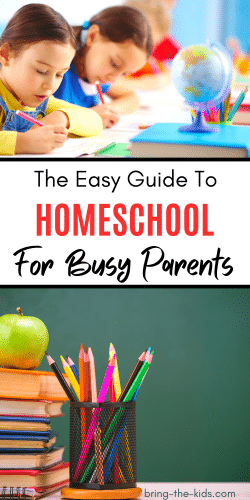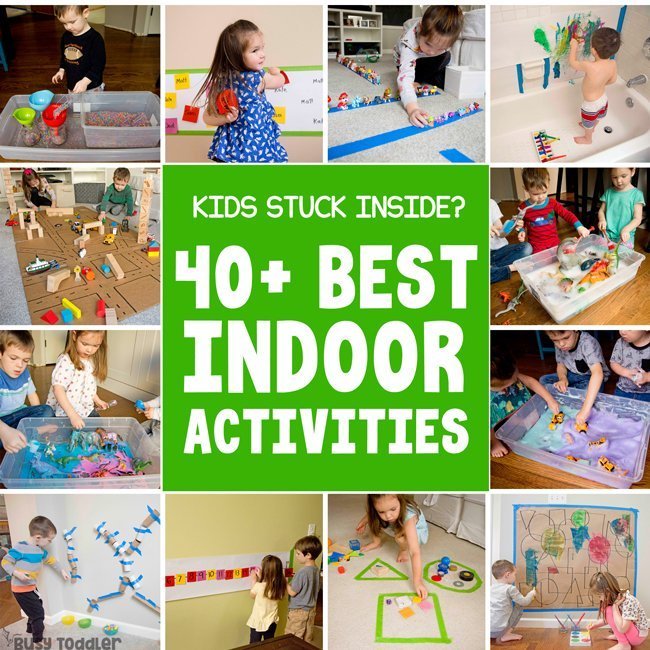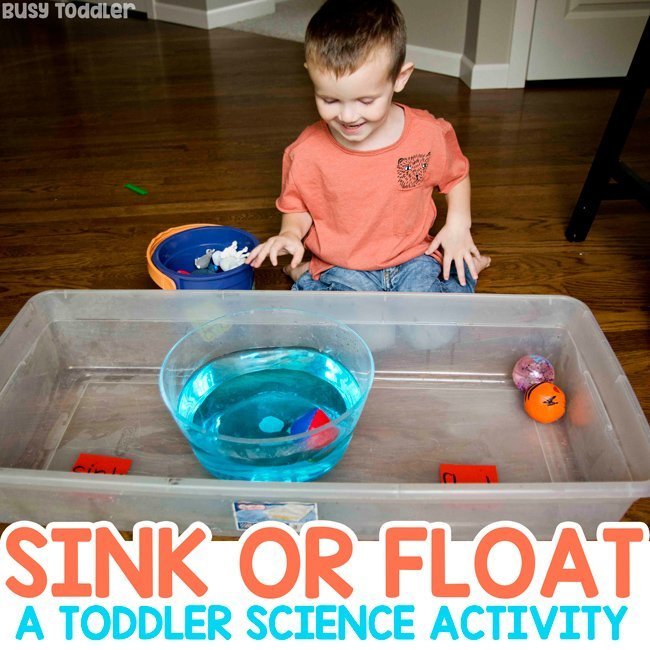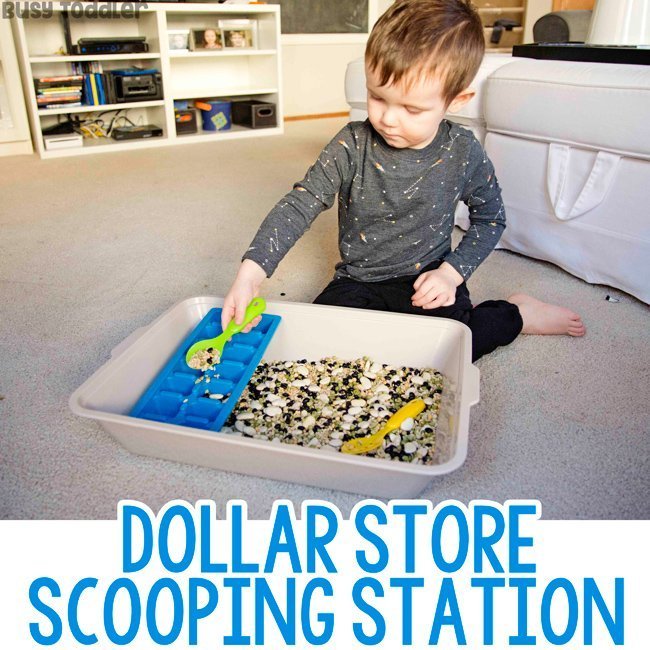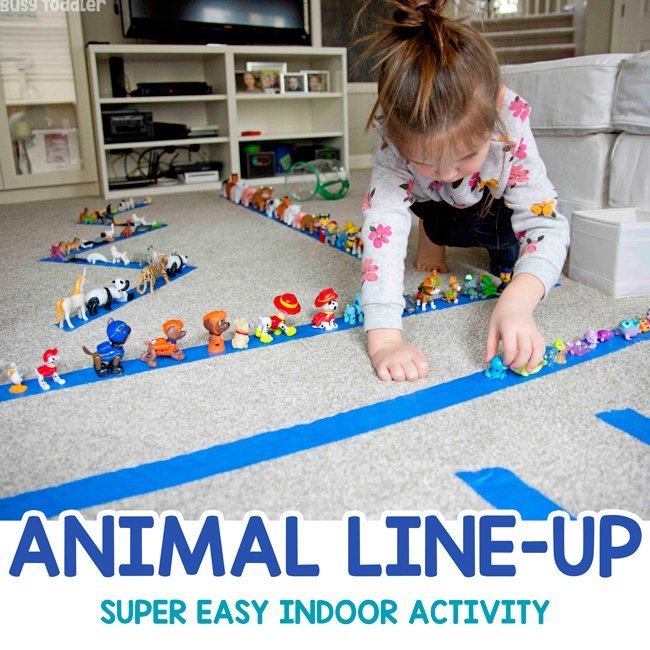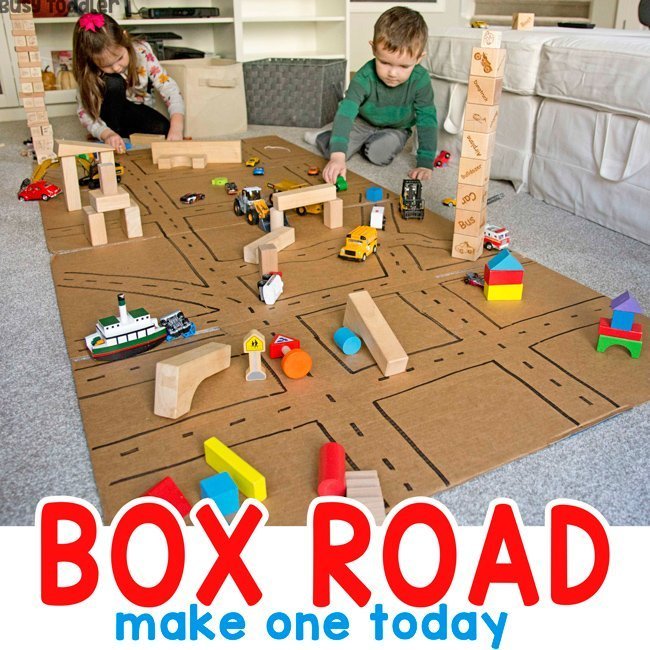This post may contain affiliate links where we earn from qualifying purchases. As an amazon associate, we earn from qualifying purchases. Find out more in our disclosure.
Right now the world feels like it’s being turned upside down, in almost every sense. Coronavirus has caused so many travel bans and closures that it’s impossible to keep up with things as the situation seems to keep changing by the minute.
One thing that is clear is that hundreds of thousands of parents worldwide are being FORCED to homeschool their children. School closures seem to be more of the norm than the exception these days, and many parents are feeling ill-prepared and lost on what they need to do with their children. Even if your school is providing distance education, with so many activities being canceled, you’re going to have A LOT more time with your kids on your hands.
Maybe your situation is different and you decide to homeschool for a few months because of a move or a temporary reassignment. Maybe your family is traveling for an extended period of time and you’ve decided to just homeschool the kids while you’re on the road.
Whatever the reason that you’re jumping into homeschool, all the solutions that I’m sharing below are all hand picked to be quick and easy to implement, but also really affordable.
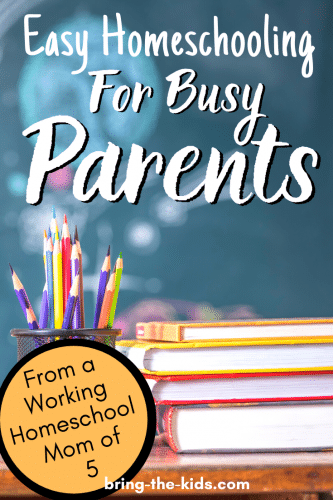
- Easy Short-Term Homeschool Solutions for Busy Parents
- How to Successfully Set Up Your Homeschool Day
- What Homeschool Programs and Curriculum Should I Use?
- Best Easy Language Arts Programs
- Easy Tools for Teaching Kids to Write
- Best Easy Math Programs
- Best Easy Science Curriculum
- Best Easy History Curriculum
- Best Free Worksheets for Kids
- Best Educational Podcasts for Kids
- Best Educational Games for Kids
- How to Keep a Toddler Busy While You Homeschool
- Screen Free Ways to Keep Your Kids Entertained While At Home
Easy Short-Term Homeschool Solutions for Busy Parents
We started homeschooling our kids almost 6 years ago when we moved to the Middle East and decided that the local schools weren’t a good fit for us. I was completely caught off guard. I hadn’t planned to homeschool, but it was very clear to us that WE HAD TO HOMESCHOOL if we wanted our kids to be on track with their peers in the United States.
We had almost no resources, so we looked online for good curriculum we could use that was affordable, worked for multiple kids, and didn’t involve much screen time. Over the years we’ve used many of those same resources to teach our kids, even as we worldschooled our family on a gap year of travel to 17 countries. Now we are based back in the United States and continue to homeschool our 5 kids. All while I work on building our business every day (so helping our kids be independent AND learn a lot is a major priority for me!)

Since we have a large family, and I like to do other things besides teach kids all day, it was important that we set things up from the beginning so that our kids could learn to be independent learners AND that I didn’t have to spend all my free time preparing lessons for the next day. I almost exclusively use curriculum and teaching tools that we can just open and go.
One more piece of advice for new homeschool parents. Don’t try to replicate exactly what a public school would do every day at home. Both you and your kids will go crazy trying to do this, so find a rhythm that works for you. The most important thing about homeschooling is really connecting with your kids. That might look like counting Legos for math, or playing a game for history. Maybe your kids are really into technology so you decide to build a robot together after work – THAT’S EDUCATION! This is YOUR TIME, to really build an awesome relationship with your kids, so don’t stress about checking all the boxes!
How to Successfully Set Up Your Homeschool Day
Being deliberate about how you spend your time at home with your kids can easily be the difference between keeping and losing your sanity. Here are our top tips for how to manage a homeschool day.

- Set a schedule. The most important thing to remember is that a routine makes everything easier. Okay, it actually can be a bit tricky for the first few days, but after that initial period, your kids will be trained and know what they need to do.
- Limit screen time, especially for younger kids. I find that our younger kids have significantly more meltdowns if they get too much screen time, so do your best to limit it. If you’re struggling with how to keep them busy, we have a list of educational games and toys below. Also, make sure that everyone gets plenty of outdoor time (check out 100+ Backyard Fun Ideas).
- Make sure older kids have a purpose for screen time. Computers and tech can be valuable tools to help your kids create amazing things – just don’t let them spend all their time CONSUMING!
- Give everyone a job. With kids at home all day long, the house is going to need more work than it did before. Give everyone a role so they can pitch in (and you can save your sanity).
What our homeschool day looks like
While everyone is different, I find that sticking to a schedule and doing work before play, really helps us a lot. Your schedule may look really different from ours, but hopefully this can give you a place to start:
- I get up at 5am (yes, I’m an early bird), go to the gym, then come home and do a little work before the kids wake up.
- 7:00 – the kids wake up and get ready for the day. Everyone has a chore that they have to do before breakfast.
- 7:30 – breakfast together as a family
- 8:00 – Morning devotional and prayer. We take turns reciting our daily affirmations, and everyone shares 1 thing that they’re grateful for, one thing they’re proud of themselves for, and another thing that they’re currently working on (probably my favorite part of the morning!). Then we do a quick 10 minute exercise routine or yoga before school work starts.
- 8:40 – Lessons start. We always begin with math and reading with each kid doing work on their own level. These are the two subjects where my kids need the most focus, so we do those while their brain is fresh. Then our kids move on to their writing, geography, science, history, and tech classes. Whenever they finish a subject, they can take a 5-10 minute break and play outside (this is especially helpful for the younger kids!)
- 12:30 – Lunch
- 1:00 – Finish school work, quiet reading time. The older kids usually need more time to complete their assignments, and while they do so, the younger ones read and look at books. (BUSY PARENTS – Afternoon is my best time to get my own work done! Find a chunk of time that works for your family and stick to it daily!)
- Afternoon Free Time – our kids know that if they’ve done all their work, they can have freetime in the afternoon to work on projects they’re interested in, play with toys, be outsides – just about anything that doesn’t involve a screen.
- Each of our kids is also responsible for cleaning an area of the house before they can eat dinner.
- 5:30 Dinner
- 6:00 Dinner Clean-up. I make dinner, but I don’t clean it up. Each kid has a chore to help clean up after dinner and Dad supervises this so I can WORK.
- 6:30 play time
- 7:30 family reading. We read scriptures and chapter books before bed and try and have the younger kids in bed by 8:00. Our older kids usually stay up later.
- 9:30-10:00 Andrew and I go to bed early so we can get up early the next morning.
What Homeschool Programs and Curriculum Should I Use?
Choosing a homeschool program can be really overwhelming, but if you’re just getting into homeschooling or plan on doing it temporarily, I recommend keeping things really simple so you don’t get instantly overwhelmed. The suggestions that I have below are all easy to implement, require minimal help from parents, and don’t require much advanced prep-work.
Best Easy Language Arts Programs
The best language arts program that you can give your kids is lots of reading from GREAT BOOKS (NOT Diary of a Whimpy Kid – sorry!). I’ve got a list of some of the best books for kids to read that will teach good lessons and expose them to great writing. I recommend letting your kids read on their own (out loud until they’re about grade 3) and then also reading more complex books out loud to them.
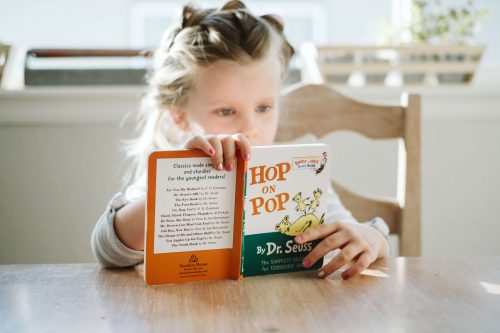
If you’ve got a child who is still learning to read, I highly recommend the book Teach your child how to read in 100 easy lessons. We’ve used this to teach all 4 of our kids how to read so far, and it’s amazing. The first 30 lessons are pretty dry, but after that it’s incredible so STICK WITH IT! It has scripts for exactly what to say to your child and is incredibly effective at helping them sound out and decode words.
My favorite book set for teaching kids to read is from Learning Dynamics. It’s not cheap, but it’s the most amazing step-by-step book program I’ve found for early readers (which is surprisingly hard to find).
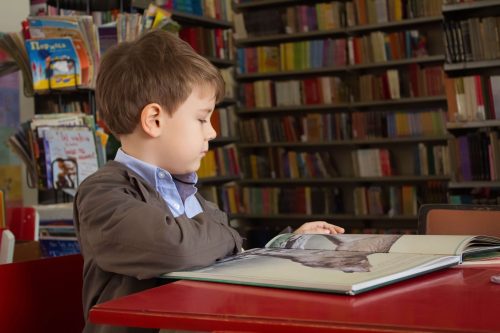
Must Read Chapter Books for Kids
Easy Tools for Teaching Kids to Write
The best way to get better at writing is just to write. Our all time favorite way to get kids writing is by using these story cubes. First we go around and everyone rolls the dice and then has to tell OUT LOUD a story that includes all of their cube pictures. After that, each kid rolls again and then has to write a story with all their pictures. Telling a story verbally first is a great skill and will really help kids with their writing fluency and overall effect. After everyone has finished writing their story, have them read it out loud for everyone to hear.

Handwriting practice
Use worksheet works free printables, or if you don’t want to think about it, these are my absolute favorite handwriting workbooks.
Copy Work
While my kids are learning to write, we do a lot of copywork (based on the theory by A Well Trained Mind) so they can learn to imitate really good writing, once they’re more confident in their skills. I really love Writing with Ease, and use that for 1st and 2nd grade writing.
Grammar Work
For all my kids from 1st grade and up, we use these writing workbooks. They’re cheap and I rarely have to help them, but I think they do a good job of helping them with their writing and grammar.
Writing
We started using a new writing curriculum this year that I absolutely love that’s for grades 3 and up called Writing and Rhetoric. It is incredibly thorough and really breaks down the different parts of writing so that your kids understand what it takes to become great writers. Book 1 should be used with 3rd grade, but truthfully, it’s a series that you want to start at the beginning with, to make sure that your kids don’t have holes in their understanding. I started my kids at book 1 (even my 7th grader), and we breezed through it, but it set up a great foundation for the future books. There is both a teacher edition and a student edition, though if you don’t want to buy both, just get the teacher edition and have the kids write answers in a notebook.
This program does require you to be involved, but no prep work is required.
Best Easy Math Programs
The most important thing to remember with math (at least until you get to Algebra and above), is that repetition is key. You know those flash cards you had as a kid? They’re incredibly effective. We also do math facts practice several times a week with pages from worksheet works (more info below).
If you aren’t up to going all in on math, at least do daily facts practice.
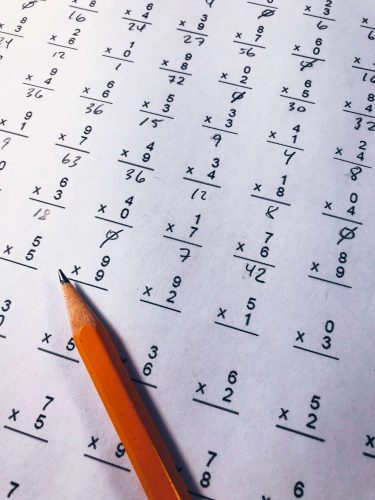
We also do this math game several times a week and all the kids love it. It’s the best application of math facts and abstract thinking that I’ve found, and I love that my kids from 7 and up can use it (some of them are even a challenge for me, so it’s all ages).
Best Math Curriculum for Elementary School
We’ve tried several math programs for our kids, but in the end, we keep coming back to Singapore Primary Mathematics. It’s bright and colorful and has real life applications. It’s given our kids a great foundation and the textbook introduces things so well that I rarely need to help my kids.

For older grades, I recommend using Saxon Math, or if you want a free resource, use Khan Academy – their math lessons are fantastic. My oldest is currently in Saxon Algebra and has found YouTube video instruction for every lesson, which makes him feel like he’s in a classroom since the teacher videos cover all the new concepts.
Best Easy Science Curriculum
I used to be a science teacher in the public school system, so I’m very particular about which science programs we use.
For preschool and elementary school, the most important thing they need to learn is how to ask questions and make observations about the world around them. The best way to do this is by nature journaling. This can be as simple as grabbing a blank sketchpad and going outside to draw or write what they hear. If you want to go more in depth, this book is an amazing guide!
This Science Discovery Preschool Program is totally free and is designed to be a full science curriculum for younger kids. We haven’t used it yet, but have heard awesome things from others
For the rest of our elementary science curriculum, we use Mystery Science and my kids ALL LOVE IT! Each subject has about a 30 minute lesson and a 30 minute hands on activity afterwards. Make sure you have the activity supplies in advance, but this is pretty hands off for parents other than that. The best part is, Mystery Science has a FREE VERSION (that has TONS of information in it).
Our science curriculum for older grades is a bit more complex and doesn’t work well for just a short period of time. What I recommend (and this is the science teacher in me coming out), is chatting with a local science teacher from your childs grade to see what topics they’ve covered and what they will be covering. It’s even a great idea to ask to borrow a text book. This makes sure that you don’t teach something they already learned and also that they don’t have any gaps in their knowledge when they get to the next year. Then grab this book. It’s got TONS of information packed into it and is surprisingly affordable at around $10.
Best Easy History Curriculum
For history, I find that if you keep things fun and engaging, kids will learn more. We focus our history studies around the book The Story of the World. There are 4 volumes that take you all through history in a story like form. We always read it together as a family and then have our older kids dive deeper into the subject by studying in this book and this one.
Best Free Worksheets for Kids
The absolute BEST homeschool resource out there is a site called Worksheet Works. I am not joking when I say that we use it EVERY DAY. You can make custom worksheets that are exactly what your kids need and where they need to focus on, and they have worksheets for Math, Language Arts, Geography, and tons of Puzzles!
I use it to make math facts worksheets that my kids use for daily practice that are automatically generated. (I can choose what type of problem and even what numbers).
I also use it to make handwriting worksheets for my younger kids where they can copy what’s written, or for my kindergartener, he does a lot of the tracing worksheets. I usually spend 10 minutes and print off enough for the kids for the whole week so I don’t have to worry about it daily.
Best Educational Podcasts for Kids
We listen to podcasts all the time in our house. We have them on in the car, while the kids are doing chores, and we especially love to listen to podcasts that relate to what we’re learning. Here are some of the best educational podcasts for kids:
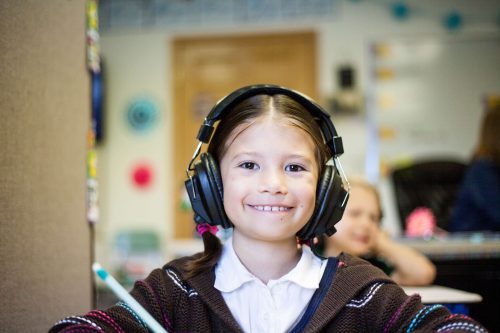
Big Life Kids
The Music Box
But Why
Tumble
Brains On!
Freakanomics Radio
Stuff you Missed in History Class
Youth Radio
Wow in the world
Smash – Boom – Best
Science Friday
Book Club for Kids
Short and Curly
SHABAM
#WhoWouldWin
Best Educational Games for Kids
One of the best things that you can do during a short period of homeschooling is to play a lot of games. Games that involve math, strategy, cooperation, and geography can be incredibly educational AND they keep your kids off of screens!
Here are some of the top educational games for kids
Best educational games for ages 3-5

Hoot Owl Hoot
Zingo
Candy Land
Chutes and Ladders
Snails Pace Race
Memory
Best Educational Games for Elementary Age Kids
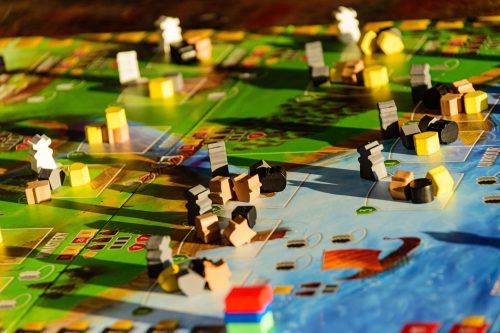
Robot Turtles
Sagrada
Spot it
Telestrations
Battleship
Blockus
Bananagrams
Forbidden Island
Ticket to Ride Jr
Best Educational Games for Teens and Tweens
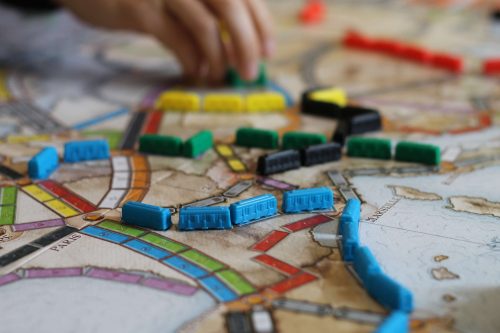
Risk
Splendor
Settlers of Catan
Pandemic
Ticket to Ride
Dominion
Taboo
7 Wonders
Catch Phrase
How to Keep a Toddler Busy While You Homeschool
One of the hardest things about homeschooling is having younger kids. They need more time and attention, so it can be really hard to juggle everyone’s needs. Trust me, I’m right in the thick of it with a very energetic 2-year-old! Here are some awesome ideas from Busy Toddler that just might save your sanity (her activities always are so amazing for my little ones)!
Toddler Activities
Screen Free Ways to Keep Your Kids Entertained While At Home
- Have each kid pick a topic they’d like to learn about and spend 30 mins each day on that topic
- Learn to bake something new
- Have each kid write a letter and/or emails to a different friend or family member each day
- Use all of our building toys on one giant structure
- Races of various kinds in the backyard (hopping on one foot, crabwalk, walking backwards, etc.)
- Try stop motion animation (there are easy apps for your phone that kids can figure out)
- Make a list of all the plants, animals, and bugs in your yard and spend some time observing and drawing them.
- Become an author – write and illustrate a short story.
- Have a contest to see who can build the tallest Lego tower.
- Teach your kids to sew!
- Get out the paper supplies and make a stack of cards. Then deliver them to loenly people in your neighborhood.
- Start your garden.
- Build a fort and then have a reading party inside with flashlights.
- Study astronomy and then stay up late watching the stars (since you don’t HAVE to wake up early for school)
- Make homemade playdough and then have contests to see what the kids can create.
- Do a big puzzle. These are our favorites.
